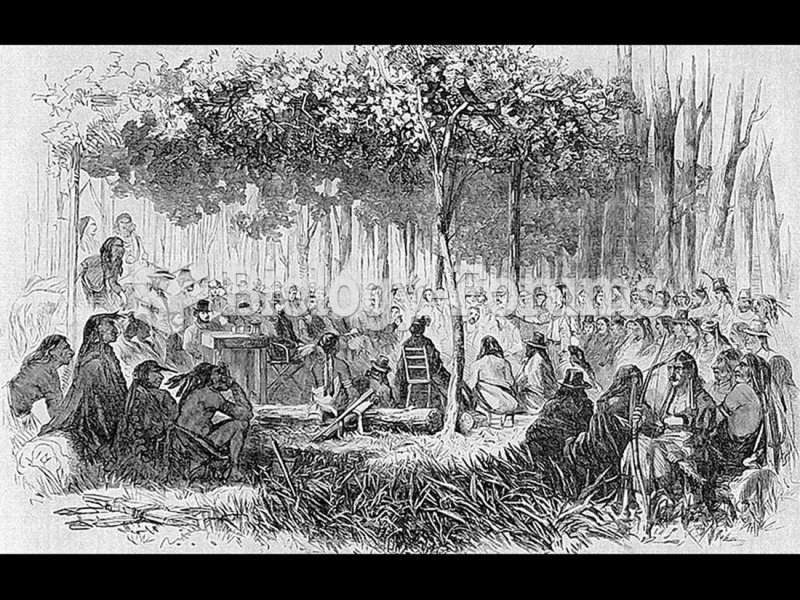|
|
|
Asthma cases in Americans are about 75% higher today than they were in 1980.
Medications that are definitely not safe to take when breastfeeding include radioactive drugs, antimetabolites, some cancer (chemotherapy) agents, bromocriptine, ergotamine, methotrexate, and cyclosporine.
Though Candida and Aspergillus species are the most common fungal pathogens causing invasive fungal disease in the immunocompromised, infections due to previously uncommon hyaline and dematiaceous filamentous fungi are occurring more often today. Rare fungal infections, once accurately diagnosed, may require surgical debridement, immunotherapy, and newer antifungals used singly or in combination with older antifungals, on a case-by-case basis.
Cytomegalovirus affects nearly the same amount of newborns every year as Down syndrome.
Atropine was named after the Greek goddess Atropos, the oldest and ugliest of the three sisters known as the Fates, who controlled the destiny of men.
 According to this Democratic cartoon, the only qualification of General Zachary Taylor, the Whig can
According to this Democratic cartoon, the only qualification of General Zachary Taylor, the Whig can
 Vice President Richard M. Nixon and Soviet leader Nikita Khrushchev engage in a “kitchen debate” ...
Vice President Richard M. Nixon and Soviet leader Nikita Khrushchev engage in a “kitchen debate” ...





